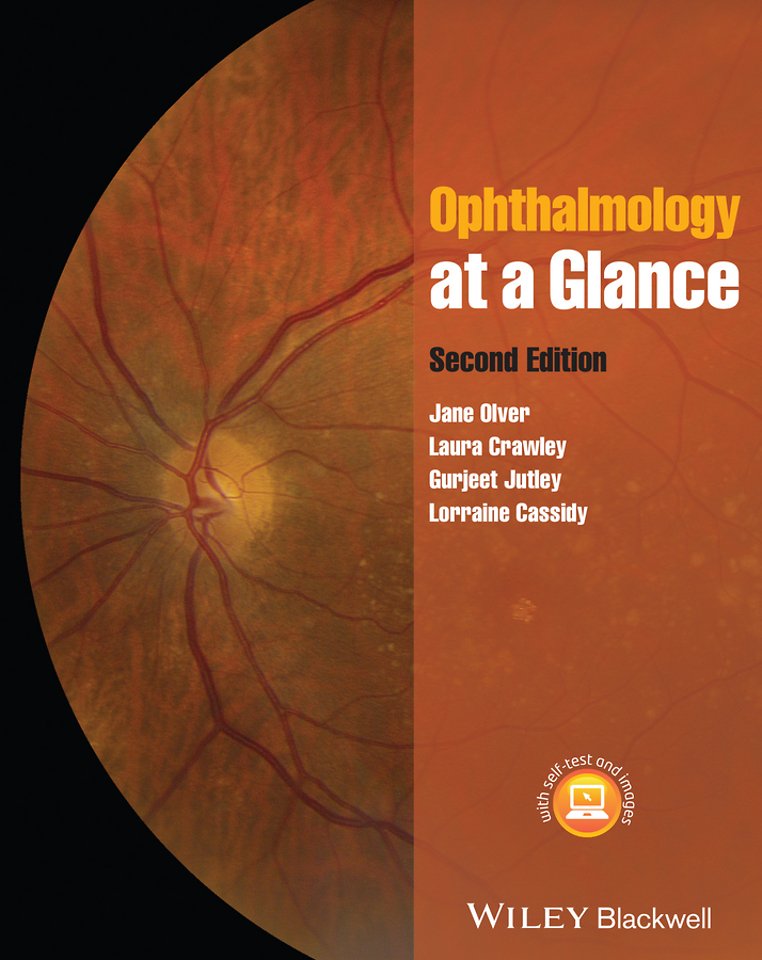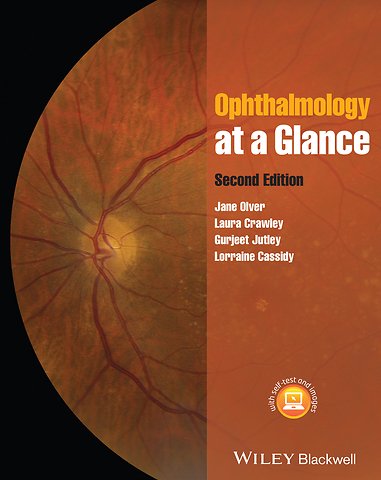

Ophthalmology at a Glance 2e
Paperback Engels 2014 2e druk 9781405184731Samenvatting
Ophthalmology at a Glance provides a concise overview of the specialty, with clear and simple diagrams illustrating the essential information required for students, trainee optometrists, opticians and specialty nurses.
It includes details on history and examination, before moving through specific conditions and their treatment. Closely tracking the undergraduate ophthalmology curriculum, this new edition is fully updated to reflect new developments in the field.
Ophthalmology at a Glance:
Features tip boxes to give further insight into topics, warning boxes to indicate cautionary advice, help with exam technique, further reading, and key point boxes which summarize each chapter
Includes new chapters on tropical ophthalmology, ocular oncology and giant cell arteritis
Features expanded material on red eye and painful loss of vision, and discussion of new scientific evidence for the existence of a sixth layer of the cornea (Dua s layer)
Includes a companion website at www.ataglanceseries.com/ophthal featuring clinical case studies, all the clinical images from the book as PowerPoint slides, and interactive flashcards for self–test
Specificaties
Lezersrecensies
Inhoudsopgave
<p>Preface to first edition 7</p>
<p>Acknowledgements 7</p>
<p>Contributors 8</p>
<p>How to use your textbook 9</p>
<p>About the companion website 13</p>
<p>Part 1 Principles of ophthalmology</p>
<p>1 Introduction: what is ophthalmology? 14</p>
<p>2 Medical student aims 16</p>
<p>3 Social and occupational aspects of vision 18</p>
<p>Part 2 Ophthalmic history and examination</p>
<p>4 Taking the history and recording the findings 20</p>
<p>5 Visual acuity in adults 22</p>
<p>6 Examination of visual fields 24</p>
<p>7 Other visual functions 26</p>
<p>Part 3 Correction of refractive errors</p>
<p>8 Basic optics and refraction 28</p>
<p>9 Glasses, contact lenses and low–vision aids 30</p>
<p>Part 4 Basic eye examination</p>
<p>10 External eye and anterior segment 32</p>
<p>11 Posterior segment and retina 34</p>
<p>12 Use of eye drops 36</p>
<p>Part 5 Acute ophthalmology</p>
<p>13 Red eye: the conjunctiva 38</p>
<p>14 Red eye: the cornea 40</p>
<p>15 Red eye: the sclera and episclera 42</p>
<p>16 Ophthalmic trauma principles and management of chemical injuries 44</p>
<p>17 Specific features of blunt and sharp injuries 46</p>
<p>18 Loss of vision in the inflamed eye 48</p>
<p>19 Sudden painful loss of vision in a non–inflamed eye 50</p>
<p>20 Sudden painless loss of vision 52</p>
<p>Part 6 Gradual loss of vision</p>
<p>21 Gradual loss of vision 55</p>
<p>Part 7 Sub–specialty Paediatric ophthalmology</p>
<p>22 Visual acuity in children 58</p>
<p>23 Strabismus (squints) 60</p>
<p>24 Neonates 62</p>
<p>25 Infants and older children 64</p>
<p>Part 8 Sub–specialty Eyelid, lacrimation and orbit</p>
<p>26 Common eyelid lumps 66</p>
<p>27 Common eyelid malpositions 68</p>
<p>28 Lacrimation (tearing) 70</p>
<p>29 Basic orbital assessment 72</p>
<p>30 Orbit disease, thyroid eye disease and facial palsy 74</p>
<p>31 Ocular oncology 76</p>
<p>Part 9 Sub–specialty External eye disease</p>
<p>32 Common conditions affecting the external eye 78</p>
<p>33 Common conditions affecting the cornea 81</p>
<p>34 Medical uses of contact lenses 84</p>
<p>Part 10 Sub–specialty Corneal, refractive and cataract surgery</p>
<p>35 Corneal and laser refractive surgery 86</p>
<p>36 Cataract assessment 89</p>
<p>37 Cataract surgery 92</p>
<p>38 Cataract surgery postoperative care 94</p>
<p>Part 11 Sub–specialty Glaucoma</p>
<p>39 Glaucoma: the basics 96</p>
<p>40 Detecting glaucoma 98</p>
<p>41 Medical and surgical treatment of glaucoma 100</p>
<p>Part 12 Sub–specialty Vitreo–retinal</p>
<p>42 Retinal detachment 102</p>
<p>43 Retinal and choroidal anatomy and imaging 104</p>
<p>44 Inherited retinal disorders and age–related macular degeneration 106</p>
<p>45 Diabetic retinopathy classifi cation and typical lesions 108</p>
<p>46 Diabetic retinopathy treatment 110</p>
<p>47 Retinal artery obstruction 112</p>
<p>48 Retinal vein occlusion 114</p>
<p>49 HIV infection and AIDS 117</p>
<p>50 Tropical ophthalmology: tropical eye disease 120</p>
<p>51 Tropical ophthalmology: global eye health 122</p>
<p>Part 13 Sub–specialty Neuro–ophthalmology</p>
<p>52 Pupil abnormalities 124</p>
<p>53 Optic nerve disease 126</p>
<p>54 Cranial nerve palsies and eye movement disorders 128</p>
<p>55 Visual fi eld defects 130</p>
<p>56 Giant cell arteritis 132</p>
<p>Appendix 1: Red eye signs and symptoms of different causes 134</p>
<p>Appendix 2: The layers of the retina 135</p>
<p>Appendix 3: Pharmacological intraocular pressure (IOP)– lowering agents mechanism of action and side effects 136</p>
<p>Appendix 4: Optical coherence tomography (OCT) reports 137</p>
<p>Appendix 5: Important clinical trials in AMD 138</p>
<p>Index 139</p>
Rubrieken
- advisering
- algemeen management
- coaching en trainen
- communicatie en media
- economie
- financieel management
- inkoop en logistiek
- internet en social media
- it-management / ict
- juridisch
- leiderschap
- marketing
- mens en maatschappij
- non-profit
- ondernemen
- organisatiekunde
- personal finance
- personeelsmanagement
- persoonlijke effectiviteit
- projectmanagement
- psychologie
- reclame en verkoop
- strategisch management
- verandermanagement
- werk en loopbaan